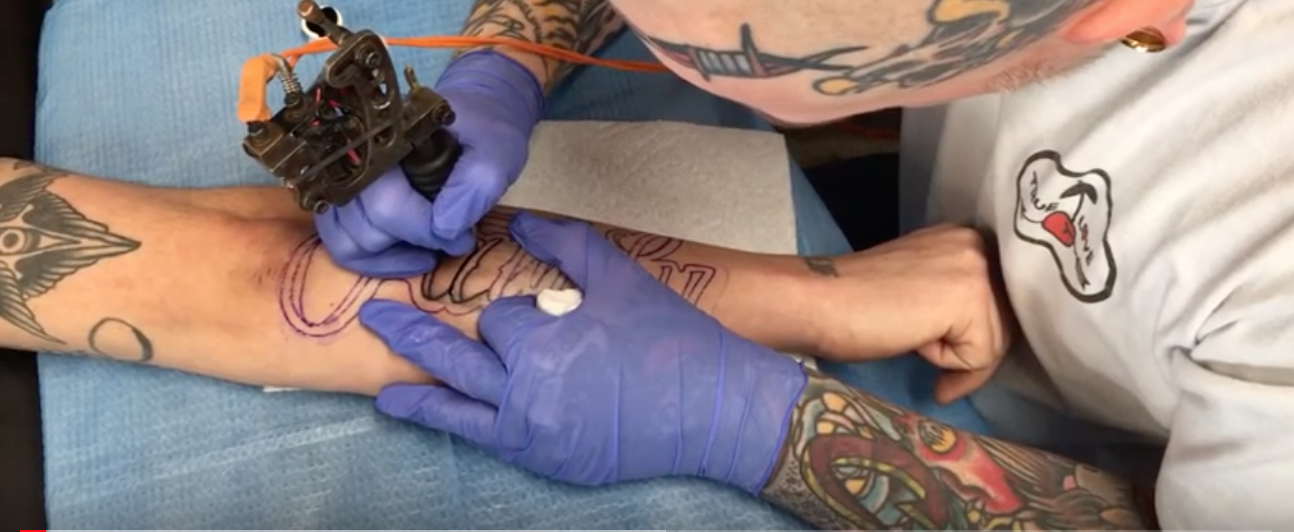
When people talk about producing video journalism with an iPhone, they always fall back on the old saw: It's about the quality of the writer, not the pencil that they decide to write with.
This aphorism is catchy, but in the case of news and journalism, it is simply not true.
Recently, Spectrum1 Ohio MMJ Molly Martinez produced this story, using only an iPhone, as most of the MMJs at Spectrum1 now do.
It's a great piece, done day of air, and she posted it on Facebook Watch, which got an almost immediate response from JR Havens, who seems to be a photog at KFYR-TV in Bismarck, ND.
Watching the piece, JR posted the following comment:
"Molly Martinez
So we watched it and talked about it. Monica liked the reveal of the award from the governor. So then I say, "I have another reveal...this story was shot with her phone." Shock and awe, shock and awe. lol One of the questions though was why you shot it on your phone? You can inbox if you prefer. Thanks Molly!
You can see Mr. Havens' perspective from his FB photo.
We well might as why Mr. Havens does not shoot all of his stories with an iPhone?
But this is about more than saving his back as he gets older. This is about why working with an iPhone is radically different from working with a large camera. In this case, the pencil does make a difference.
In the 1930's still photographers used to work with large format cameras. They shot on a cut sheet of film. They got lovely images, but the act of showing up and having to work with so ungainly and intrusive a piece of photographic gear had an imapct on what the images looked like. People photographed in this way were stiff, formal, they stood stock still, like a deer caught in the headlights.
You probably have a few old photos of your great grandparents like this.
Then, in the 1930's, the Leica company invented small, hand-held 35mm cameras.
Suddenly, the way that photographs, and photojournalism in particular looked changed radically.
The photos now were far more intimate, far more powerful. The Leica moved photojournalism from a craft to a fine art. That is why you can see the work of people like Cartier Bresson in the Museum of Modern Art in NY.
What Leicas did for photography in the 1930's, the iPhone can do for video journalism in the 21st Century - create a product that is far more personal, powerful and intimate. Which is what Molly has done here.
A great mistake that many local TV news stations make is to use the iPhones as though they were just small conventional video cameras - shooting in the same way.
This does work, but it does not touch on what an iPhone for journalism can do.



